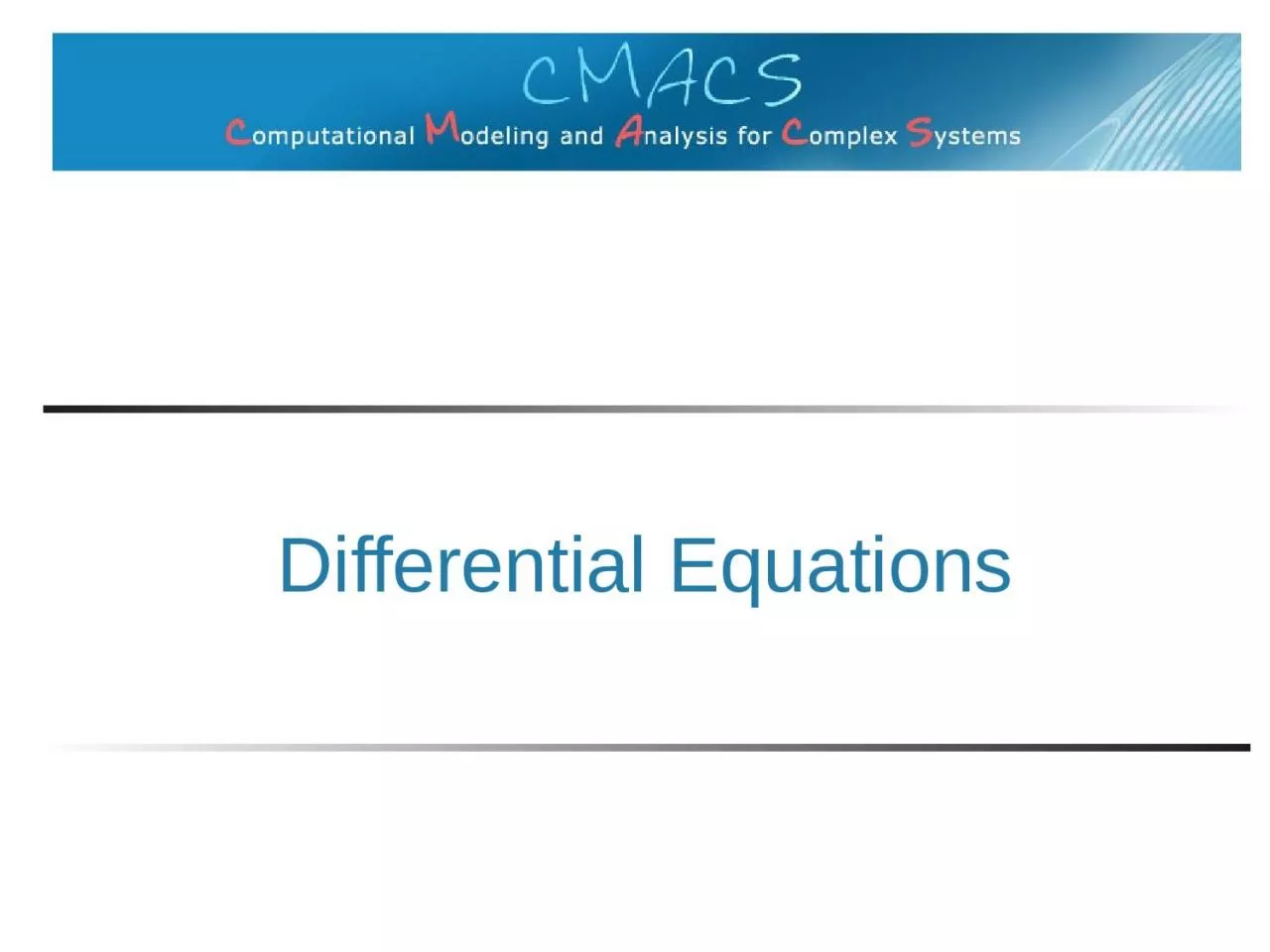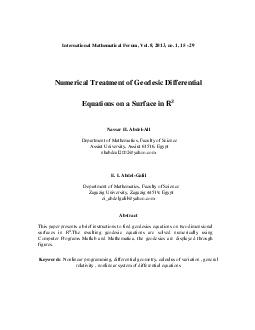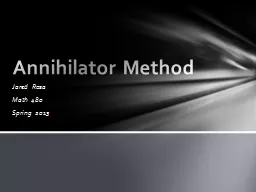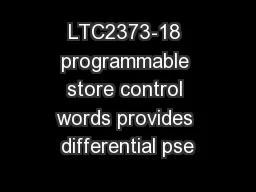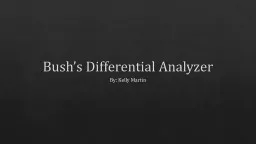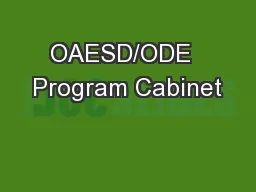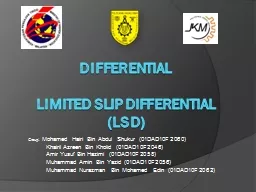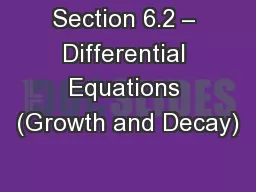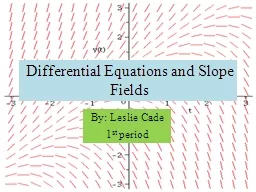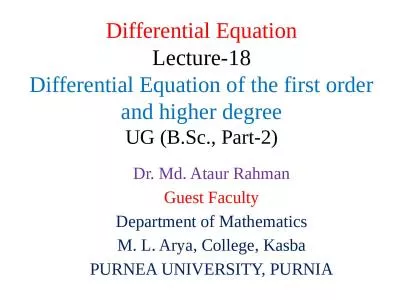PPT-Differential Equations Some questions ode’s can answer
Author : paisley | Published Date : 2023-09-26
Quick example How to solve differential equations Second example Some questions How many tons of fish can fishermen harvest from a lake each year without endangering
Presentation Embed Code
Download Presentation
Download Presentation The PPT/PDF document "Differential Equations Some questions od..." is the property of its rightful owner. Permission is granted to download and print the materials on this website for personal, non-commercial use only, and to display it on your personal computer provided you do not modify the materials and that you retain all copyright notices contained in the materials. By downloading content from our website, you accept the terms of this agreement.
Differential Equations Some questions ode’s can answer: Transcript
Download Rules Of Document
"Differential Equations Some questions ode’s can answer"The content belongs to its owner. You may download and print it for personal use, without modification, and keep all copyright notices. By downloading, you agree to these terms.
Related Documents

